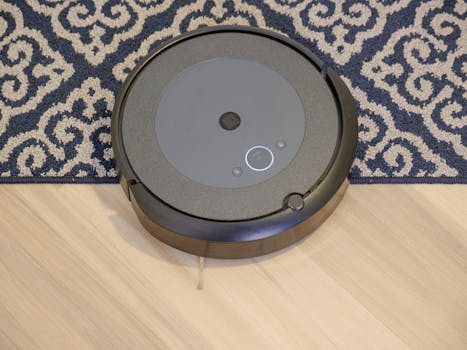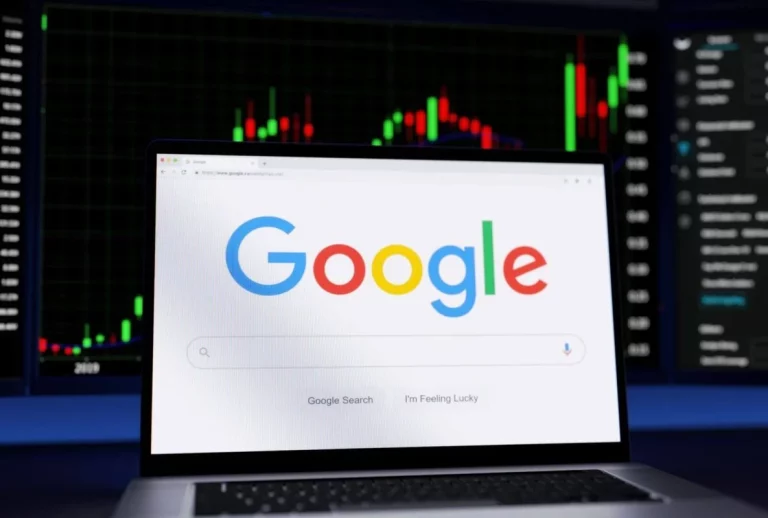
Smart Homes and Smart Living: The Technological Transformation of European Homes by 2025
Smart Homes and Smart Living are revolutionizing the way we live in our homes. With the increasing demand for convenient and energy-efficient living, the European smart home market is expected to experience significant growth by 2025. In this article, we will explore the current state of smart homes in Europe, the driving factors behind their adoption, and the future trends that will shape the industry.
Current State of Smart Homes in Europe
The European smart home market has experienced steady growth over the past few years, with an estimated 22% of households in Western Europe and 12% in Eastern Europe having some form of smart home device. The market is driven by the increasing demand for smart speakers, security systems, and energy management systems. The UK, Germany, and France are the leading countries in terms of smart home adoption, with the Netherlands and Sweden also showing significant growth.
Driving Factors Behind Smart Home Adoption
There are several factors driving the adoption of smart homes in Europe. Some of the key drivers include:
- Convenience: Smart homes offer a high level of convenience, allowing homeowners to control their living space with ease.
- Energy Efficiency: Smart homes can help reduce energy consumption, which is a major concern for European homeowners.
- Security: Smart homes offer advanced security features, such as motion sensors and alarm systems, which provide homeowners with peace of mind.
- Cost Savings: Smart homes can help homeowners save money on their energy bills and maintenance costs.
Future Trends in Smart Homes
As we look to the future, there are several trends that will shape the smart home industry in Europe. Some of the key trends include:
- Artificial Intelligence: AI will play a major role in smart homes, with devices learning homeowners’ habits and preferences to provide a more personalized experience.
- Internet of Things (IoT): The IoT will continue to drive the growth of smart homes, with more devices becoming connected and interoperable.
- 5G Connectivity: The rollout of 5G networks will provide faster and more reliable connectivity for smart home devices.
- Sustainability: Smart homes will become more sustainable, with a focus on energy efficiency and reducing waste.
Conclusion
In conclusion, the European smart home market is expected to experience significant growth by 2025, driven by advances in technology and increasing demand for convenient and energy-efficient living. As we look to the future, it’s clear that smart homes will play a major role in shaping the way we live and interact with our living space.






